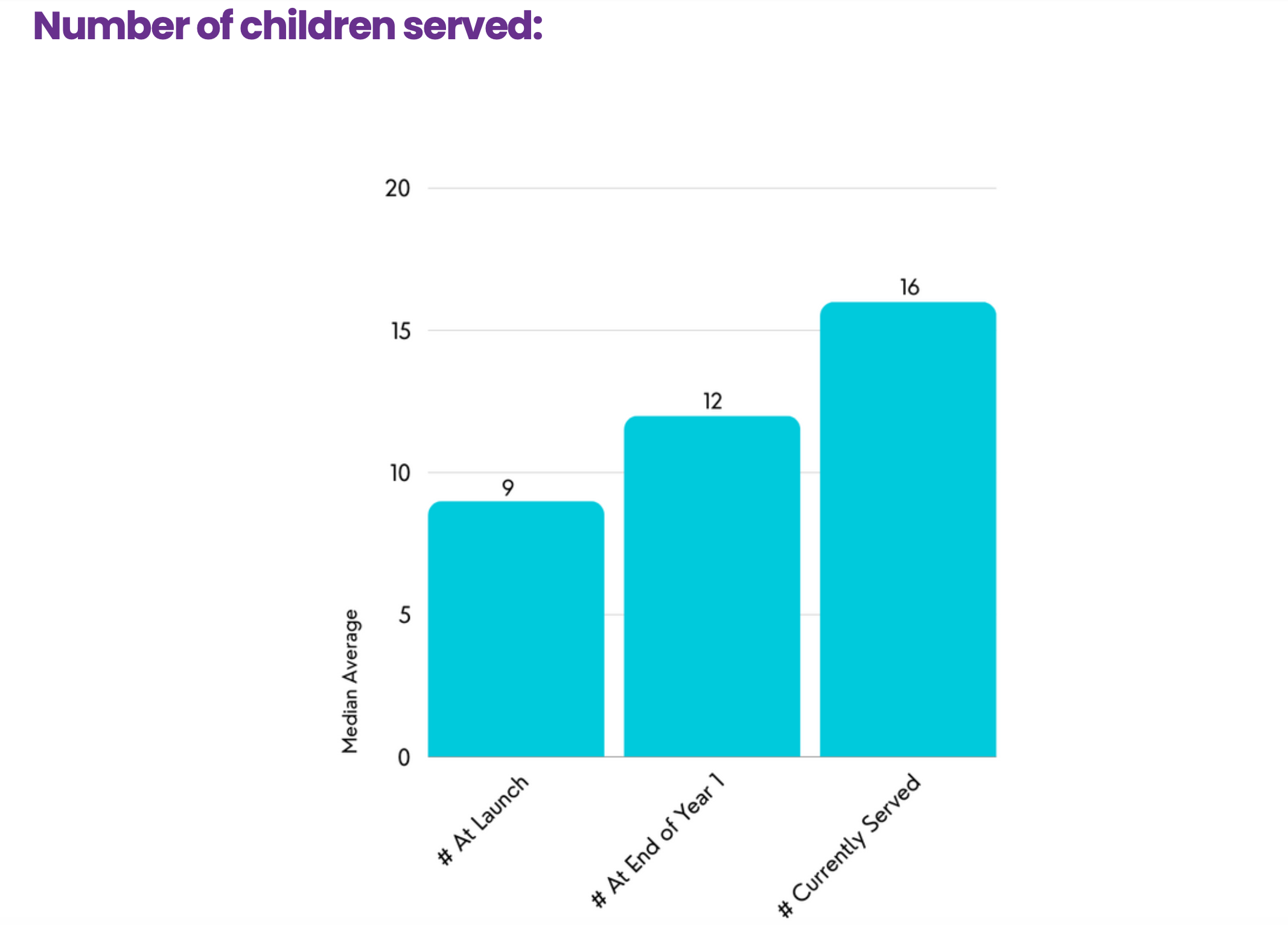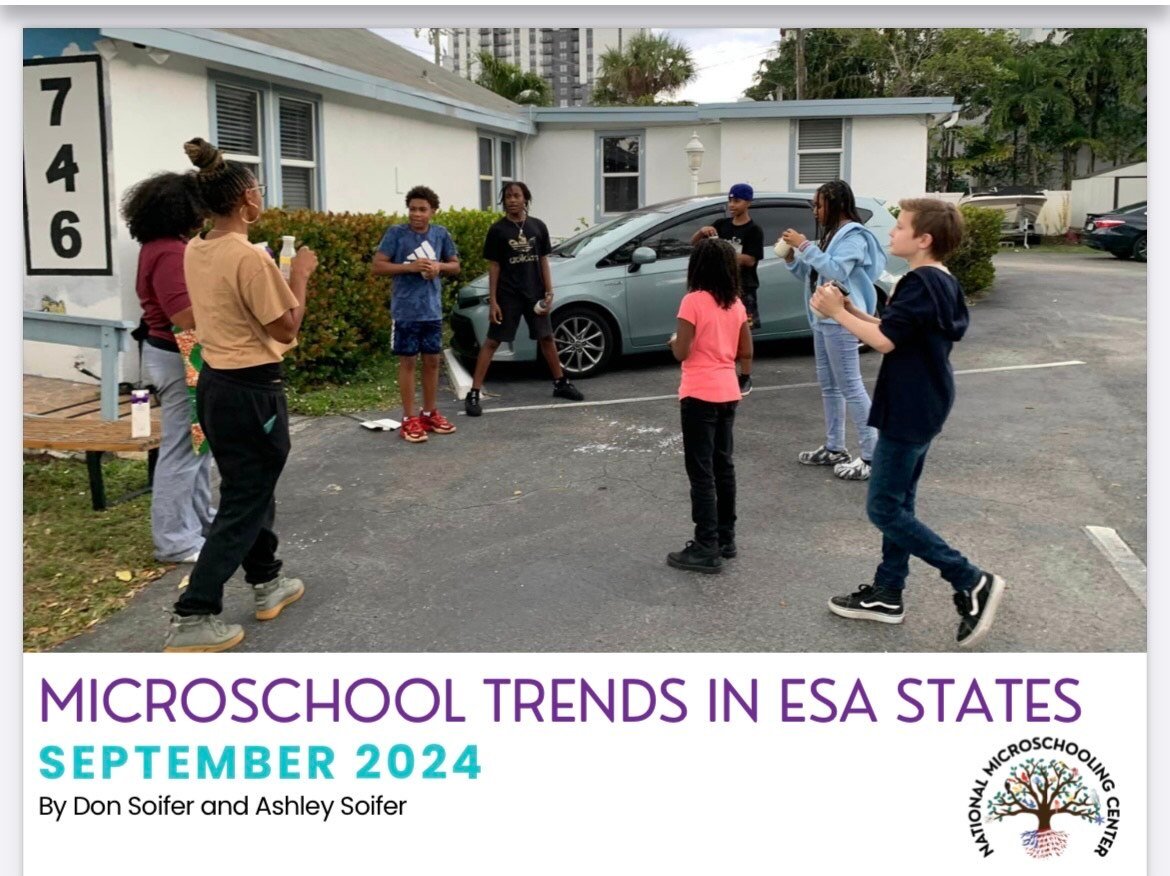How many students do microschools serve?
The end of the first semester can mark a time of growth for microschools. As many microschools are looking to enroll new families for the start of...
2 min read
 Ashley Soifer
:
Aug 28, 2025 12:31:59 AM
Ashley Soifer
:
Aug 28, 2025 12:31:59 AM
.png)
New findings show that most microschools experience steady and substantial growth after they first open their doors, expanding to meet the needs of families. For those microschools that have grown since opening their doors, more than half overall, the average student enrollment growth is both steady and substantial. In their earliest stages, within the first six months of opening, microschools report an average 73% increase in enrollment. That pace accelerates to 130% growth by the end of their first year, and for those operating between one and two years, average growth surges to an impressive 251% since their initial launch.
This research from over 800 microschools nationwide in 2025 by the National Microschooling Center highlights what many founders and families already know: microschooling resonates deeply with learners and their families. Parents are not only enrolling their children in these innovative small learning environments, they are spreading the word, generating strong community demand, and fueling growth at a pace that surpasses many traditional education models. This pattern affirms that microschools are not just start-up experiments, they are proving to be durable solutions.
Microschools start small, often with a few core families sending their first students. In the microschools surveyed, we found 18% opened with 0-3 children, 27% opened serving 4-7 children, 17% launched serving 8-11 children, 11% opened with 12-15 children and a surprising 27% opened with 16 or more children being served.
Microschool founders consistently report to the National Microschooling Center that word of mouth is the most powerful marketing tool they have and current families are more than happy to share about the dramatic changes they have seen in their children once they are enrolled in their microschool. We can see by the continued growth, year over year, that this kind of growth counts.
Considering the small size microschool founders often launch with, founders would do well to use this path for growth when planning out yearly budgets, considering they likely will not be at capacity at launch and how they might grow throughout their years of operation. This can also play a key role in facility planning and guide founders with an understanding of when they might need a larger location.
For education leaders and policymakers, this data underscores an important trend. Families are seeking alternatives that are personal, flexible, and responsive to their children’s needs. When microschools successfully align their mission with community demand, the trajectory shows that they thrive. Sustained growth of this magnitude suggests that microschooling is not a niche movement, but rather a powerful shift in how families are choosing to educate their children.
As the sector continues to evolve, these enrollment gains provide a snapshot of the momentum microschooling has built in just a few years. With hundreds of new schools launching this fall and communities embracing the various models, microschooling is leading education innovation, small by design, but big in impact.

The end of the first semester can mark a time of growth for microschools. As many microschools are looking to enroll new families for the start of...
 Read More
Read More

The RAND Corporation, one of the nation’s oldest and most admired independent research organizations, this week published its first in-depth report...